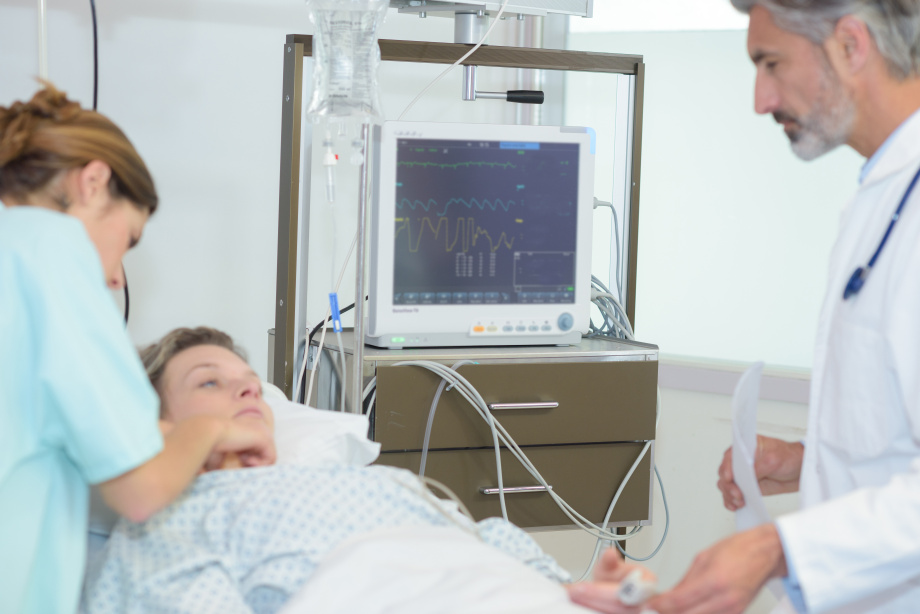SeeMe: A novel tool for measuring and detecting human consciousness
Assessing the functional state of the brain and predicting recovery of consciousness following acute brain injury (ABI) remains a major unsolved clinical problem. Currently, behavioral measures of recovery with scoring systems such as the Glasgow Coma Scale (GCS) and the Coma Recovery Scale-Revised (CRS-R) are used. However, these methods are low resolution and depend on subjective impressions by bedside clinicians. Low-amplitude responses may not be observed, and patients may be mischaracterized as unconscious when awake. Previous attempts using techniques like electromyography (EMG) rely on sampling of potentially functional muscles, but brain injury patients often have injuries which interfere with analysis of motor behavior. There remains a need for objective techniques to measure the functional state of the brain and predict recovery after ABI.
SeeMe is a novel facial analysis tool to monitor behavior recovery in comatose patients following acute brain injuries. SeeMe provides a real-time brain-computer interface for measuring low-amplitude voluntary movements that are difficult to detect with the naked eye. By analyzing low-amplitude facial movements occurring in response to specific auditory commands, SeeMe provides the first automated technique to detect early signs of neurological recovery in ABI patients. SeeMe is simple to use and can inform clinical decision-making.

auremar, https://stock.adobe.com/uk/images/181192937, stock.adobe.com
Objective measurement of consciousness - Reduce the number of mischaracterizations - Simple to use - Automated
Detecting consciousness following acute brain injury - Behavior quantification and assessment
Patent Pending
Available
Development partner - Commercial partner - Licensing
Patent Information:
| App Type |
Country |
Serial No. |
Patent No. |
Patent Status |
File Date |
Issued Date |
Expire Date |
|